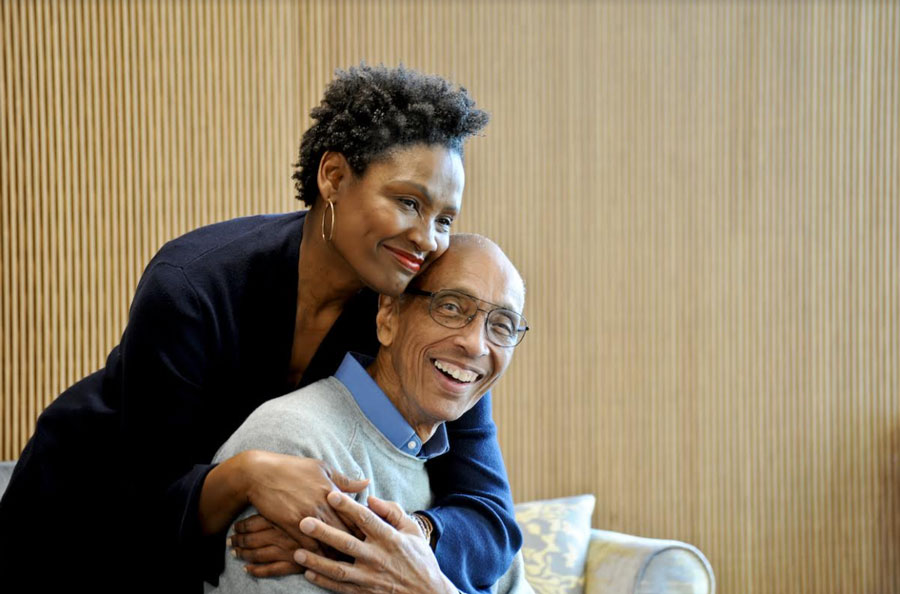To say COVID-19 took the world by surprise is not an overstatement. Most people simply never saw it coming. But if one thing is sure, there are plenty of lessons to be learned from the past several months and senior living communities are taking that to heart. From the top down, senior living communities are rethinking how best to protect residents and make life as good as possible.
Understanding risk
The virulent nature of COVID-19 makes it one of the deadliest health threats, especially to those with preexisting conditions. Among that group are many but not all seniors, so not all senior living situations present the same level of risk.
In a recent study by the nonpartisan research group NORC at the University of Chicago and funded by the National Investment Center for Seniors Housing & Care, titled, “The Impact of COVID-19 on Seniors Housing,” researchers meticulously assembled those facts, including:
- In total, 51% of all senior housing properties experienced no COVID-19 deaths at all during 2020
- The rate of COVID-19 deaths in independent living communities was comparable to that of their respective counties
- Broken out by sector, 67% of independent living communities, 64% of assisted living communities, and 61% of memory care communities experienced no COVID-19 deaths (approximately two-thirds of each sector overall)
- Seniors in skilled nursing were the most vulnerable to the virus, with that sector seeing no COVID-19 deaths in 39% of communities
With this knowledge in hand, senior living communities can reassess safety protocols for each sector within their communities to increase protections where needed and be prepared for the healthiest possible future.
New tools for pumping up PPE
One of the greatest challenges for senior living communities was the sudden lack of available personal protective equipment to purchase. The speed at which COVID-19 went from rumor to reality left many health care and communal living providers, including senior living, in a tough spot. There was not enough equipment to go around and at the same time, the market was inundated with purchasing scams and equipment with fraudulent certification documents making them not only ineffective but dangerous under the conditions.
But the upside is that senior living communities now have new tools to help them find and purchase safe and certified PPE and make the best use of what they have. These include two from the Centers for Disease Control and Prevention: Guidance on how to optimize PPE during a shortage and the “PPE Burn Rate Calculator” to determine quantities needed to weather another storm like the COVID-19 pandemic.
Taking advantage of extensive guidance and research from the CDC, senior living communities have a clear path to purchase from reputable and vetted sources, and to use and reuse PPE safely and effectively. These include:
- N95 masks
- KN95 and other respirators
- Gloves
- Gowns
- Eye protection
Other new guidance for senior living communities has come from state and local health agencies that have been on the front lines of the pandemic. These agencies in conjunction with the CDC maintain oversight of senior living and other types of communities and have offered a variety of assistance. A great place to see this information is in “State-by-State COVID-19 Guidance” from law firm Husch Blackwell. An excellent example of other guidance from the CDC is “Considerations for Preventing Spread of COVID-19 in Assisted Living Facilities.”
More information, more knowledge
On many fronts, the senior living industry has learned lessons that won’t be forgotten. One of the most important is the diverse symptoms that can occur with COVID-19 among infected persons. In the beginning, the range of symptoms was a short list, but today the list has grown and continues to be updated by the CDC. This helps staff to quickly isolate, test and when necessary, get treatment for residents showing possible signs of COVID or other infections.
Another plus from the pandemic was the now-proven realization that the fewer health problems a senior has, the more likely they were to survive the virus. In the AARP blog, “15 Lessons the Coronavirus Pandemic Has Taught Us,” Jacob Mirsky, M.D., primary care physician at the Massachusetts General Hospital Revere HealthCare Center and an instructor at Harvard Medical School, revealed findings from a recent study by the University of Glasgow, Scotland concerning the correlation between age, health status and COVID death.
“Age accounted for a higher risk, but comorbidities (essentially, having two or more health issues simultaneously) mattered much more. Specifically, risk for a fatal infection was four times higher for healthy people 75 and older than for all participants younger than 65. But if you compared all those 75 and older — including those with chronic health conditions like high blood pressure, obesity or lung problems — that shoved the grim odds up thirteenfold.”
Put more succinctly, “A healthy 75-year-old was one-third as likely to die from the coronavirus as a 65-year-old with multiple chronic health issues. The bottom line: Age affects your risk of severe illness with COVID, but you should be far more focused on avoiding chronic health conditions.”
Senior living communities are the perfect place for seniors to adopt or maintain a healthy lifestyle, get enough exercise to stay fit safely, eat well, and live vibrant lives. Seniors in communities also have the added benefit of staff available to help and encourage them and friends to share health goals and achievements.
At Ingleside at King Farm, healthy living is our mantra, and we have and will continue to take every precaution necessary to keep our residents safe and happy. Please visit our website or call (240) 414-8557 if you have any questions or would like to schedule a personalized tour today.

